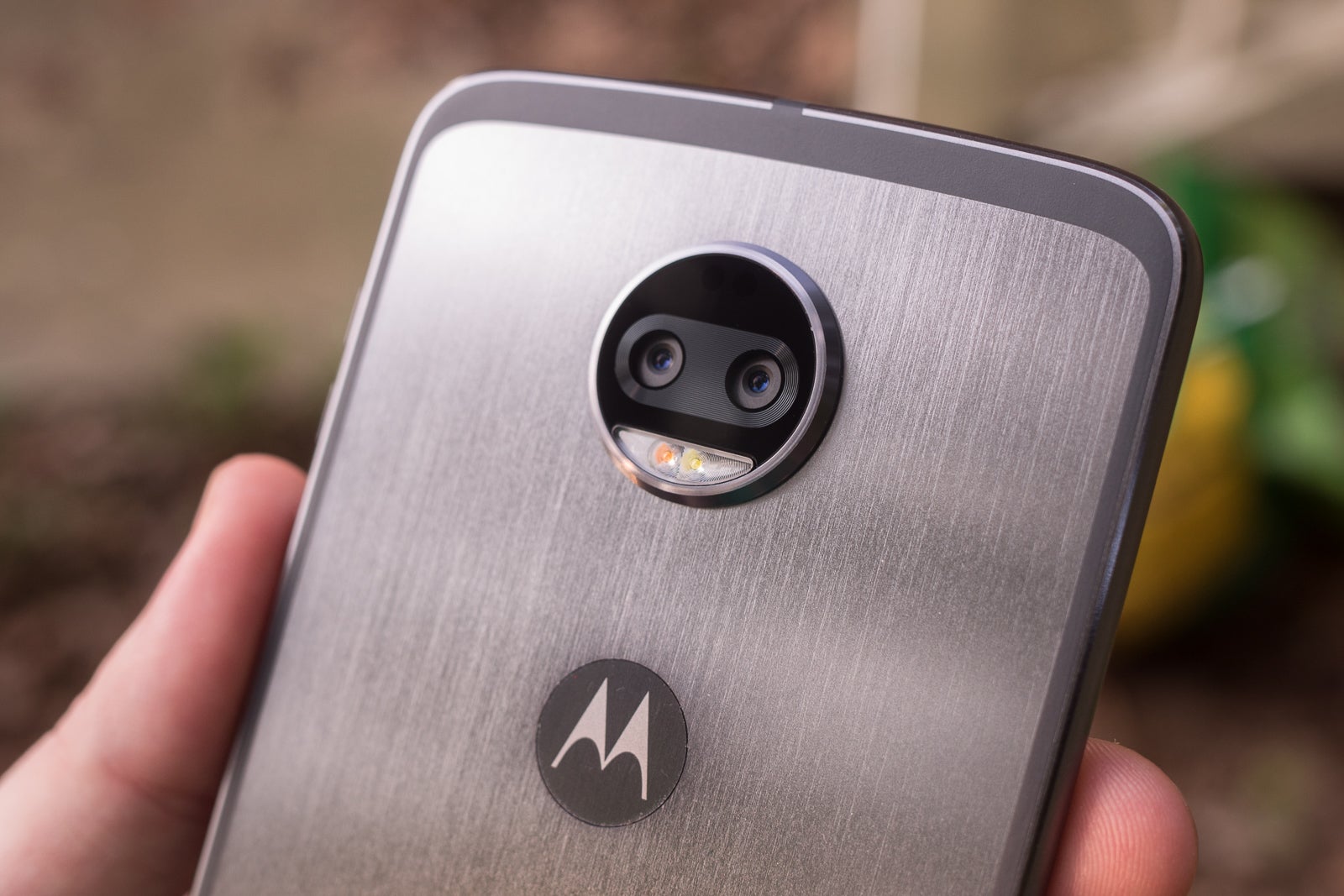Qualcomm praises Moto Z2 Force and X4, explains their "Landmark Detection" camera feature


The deep learning model behind Landmark Detection uses Qualcomm's NPE. The speed at which objects are recognized comes from the fact that the NPE distributes the workload to the GPU's of the X4 and Z2 Force.
In case you're wondering, this Neural Processing Engine is a software framework that provides developers with tools that accelerate neural network workloads (like Landmark Detection) on mobile devices. It's made to work with Snapdragon 600 and 800 series chipsets. Developers can also choose to distribute these workloads to the Kryo CPU and the Hexagon Digital Signal Processor (DSP). This approach differs from Apple's A11 chip and Huawei's Kirin 970, as they feature dedicated hardware for such tasks.
Qualcomm says that Landmark Detection is only one example of what's possible for this AI tool. It will be interesting to see if other OEMs also start employing the Neural Processing Engine for their mobile app experiences.
source: Qualcomm via The Android Soul
Follow us on Google News













Things that are NOT allowed:
To help keep our community safe and free from spam, we apply temporary limits to newly created accounts: